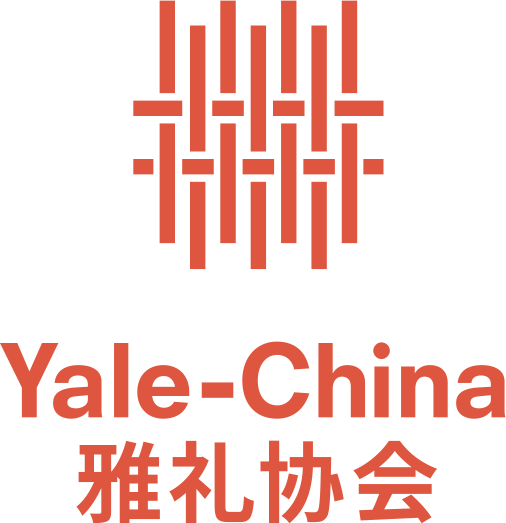New Asia Middle School: Adapting Tradition to Modern Times
By Robbie Short and Sharyn Phu
天光不息 农圃长春
“Heaven’s light shines ceaselessly, and our farmland remains evergreen.”
This line taken from the school song of New Asia Middle School (NAMS) graces the street-facing mural that spans across one side of the school’s campus. It is a reference to the streets that NAMS sits between – Farm Road and Tin Kwong Road in Kowloon City, Hong Kong – as well as a nod toward the spirit of truth-seeking and community that defines NAMS to this day.
The origins of NAMS extend back to 1949, when the Asia College of Arts and Commerce was founded by Ch’ien Mu, Tang Chun-i, Tchang Pi-kai, and other scholars. The small college aimed to provide its students with an education that echoed the spirit of China’s Song and Ming dynasty academies whilst incorporating the tutorial system of Western universities. The Asia College of Arts and Commerce expanded quickly and, by March 1950, it had established three new departments and renamed itself as New Asia College. Notable historian and philosopher Ch’ien Mu remained as the College President.
Despite the optimism that accompanied this expansion, however, financial challenges would continue to beleaguer the school. Ch’ien Mu found a temporary solution in the form of monthly stipends donated from the operating budget of Taiwan’s presidential office. Later on, as the college built up its reputation as a top-notch educational institution and cultural ambassador, it garnered further support and sponsorship from Hong Kong society and international groups such as the Asia Foundation, the Yale-China Association (or the Yale-in-China Association as it was known at the time), the Ford Foundation, and the Mencius Foundation, among others.
With substantial sponsorship from the Ford Foundation and the Yale-in-China Association, and later from the Hong Kong Government, New Asia College built up a new school campus that to this day features a six-story building with classroom and science laboratory facilities, a theater-style lecture hall known as the Pavilion, an auditorium, as well as a large library containing an extensive catalogue, stack rooms, and reading rooms. Donations and sponsorship from the Yale-in-China Association also enabled New Asia College to fill in the balance of annual expenses.
After New Asia College moved to become a constituent college at the Chinese University of Hong Kong (CUHK) in 1973, its former campus was given a new life as it at last became New Asia Middle School. Today, NAMS is a government-aided school that serves around 500 students. It uses Chinese as the main medium of instruction.
As NAMS nears its 50th anniversary, it prides itself on having retained close ties to New Asia College and CUHK. Every year in March, for instance, the middle school hosts “New Asia, New World,” a forum that gathers students from other secondary schools in the neighborhood and across Hong Kong, in addition to Cultural Ambassadors – that is, non-Chinese students from New Asia College as well as from Yale University. Given their own classrooms, the Cultural Ambassadors prepare discussion topics, games, and various media to share with the 100 or so secondary school students who participate. Past topics have included festivals, sports, international cuisines, and more.
NAMS was also one of the sites for the New Asia College / Yale University Summer Community Service Exchange (SCSE). SCSE participants organized English-focused activities – such as museum visits, board game contests, and film discussions – for the middle-schoolers. They have also led the middle-schoolers in setting up carnival-themed game booths to engage with new cohorts of Secondary 1 students. “[These programs have been] great for our students, who often don’t have the resources and opportunities that students from more affluent backgrounds tend to have,” says Lawrence Chan, a teacher serving as a vice-chair of the English Language Panel.
Furthermore, NAMS serves as a nexus of exchange between Hong Kong and the Mainland. Every year since 2000, NAMS and New Asia College have collaborated to host the annual Seminar on Traditional Chinese Culture. During the week-long conference, secondary school teachers from the Mainland attend lectures by celebrated scholars and also visit NAMS and other locations of cultural and educational interest.
At its core, NAMS follows in the footsteps of Ch’ien Mu’s ambition for a Chinese education that cultivates both knowledge and moral development. This includes preserving traditional Chinese values – particularly those surrounding honesty to others and to oneself – while also adapting them to modern times. Class discussions, for example, promote analytical thinking to develop mindful and critical engagement with online information and digital media. Outside the classroom, in addition to the extracurriculars detailed above, students are also encouraged to take part in activities such as Sports Day and Music Day. These opportunities for students to step out of their comfort zones, to develop respect for themselves and for their peers, and to dedicate themselves fully to an activity are invaluable. “One of the reasons we embrace positive education is to help students learn to embrace life. It’s so important for them to love what they do and to find the value in it. And for them to look at themselves in a more positive light,” says Chan.
Though these extra-curricular activities were largely halted during the first 18 months of the COVID-19 pandemic, such activities have been resuming during the current school year. “Our two major initiatives now are developing students’ self-directed learning capabilities and nurturing good citizenship through positive education,” says school principal Leung Suk-Ching.





